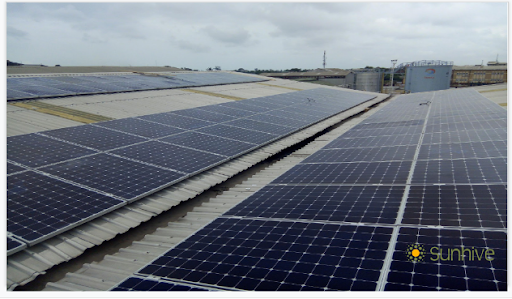
The rate at which Solar PV installation is booming in Nigeria is interesting. This is great news for solar companies but it also means hectic schedules, deadline pressures and an influx of inexperienced workers into the industry.
Safety is an integral part of work done in the Solar Industry. Working safely is as important as the competences and techniques used with solar installation. At Sunhive Limited, the core of our operations is a proactive system of managing safety. We have realized over time that safe installations are more efficient and cost-effective. Also, proper equipment use and working safely results in less time lost to injuries and the delays they cause and can prevent fines being assessed from agencies responsible for enforcing workplace regulations. This article highlights different practices to be adopted to ensure safe solar installations at all times.
PROJECT PLAN
Safety begins with adequate planning and preparation before a solar panel installation commences. Effective safety policies must be in place, employees and contractors must be familiar with—and committed to following–safety procedures in order to prevent accident or injury. Also the longer the duration of a project, the higher the likelihood of an accident occurring. A good project plan ensures that additional days are not spent on-site and man-hours are maximised.
COMPETENCY
Ensure that competent workers are mobilized to carry out the installation. The worker must possess the required skills, knowledge, abilities, and experience for the job. Solar PV fires are real and very dangerous hence the need to ensure that only competent workers carry out the installation. All personnel working on or near PV systems must equally be trained to recognize hazards.
RISK ASSESSMENT
The planned site for the installation has to be visited to identify hazards peculiar to the environment e.g nearness to the river, presence of overhead cables, presence of hoodlums, the height of the building (for rooftop mount) etc. The project team develops the project and based on the activities, a comprehensive risk assessment is carried out. Risk assessment is a careful examination of all the activities involved in the solar installation, identifying the hazards in each activity, identifying the people at risk, evaluating the risk and providing mitigating measures. For the risk to be acceptable, the residual risk rating has to be low. The major hazards associated with solar PV installation are falls, manual handling injuries, fire electric shocks and electrocution. The completed risk assessment has to be communicated to all team members on the project.
METHOD STATEMENT
A safe method of work is developed following the risk assessment. The method of work shows how the work will be carried out, tools and equipment to be used and also personal protective equipment for each task.
WORKSITE LAYOUT
The work site layout has to be clearly marked out and cordoned off to prevent unauthorized entry. Appropriate signages are also set up to alert the public on the nature of the on-going activity. The worksite layout should be set up in a way that facilitates easy access and egress.
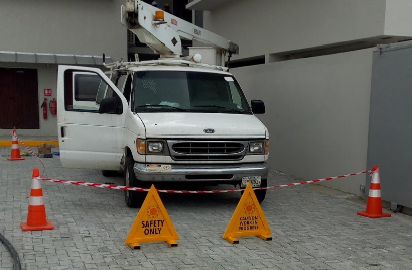
PERSONAL PROTECTIVE EQUIPMENT
Following the elimination of all risks to as reasonably practicable, adequate personal protective equipment has to be provided by workers. Training on why, how and when to use the protective equipment should be given. Compliance on the use of protective equipment has to be enforced on the job.
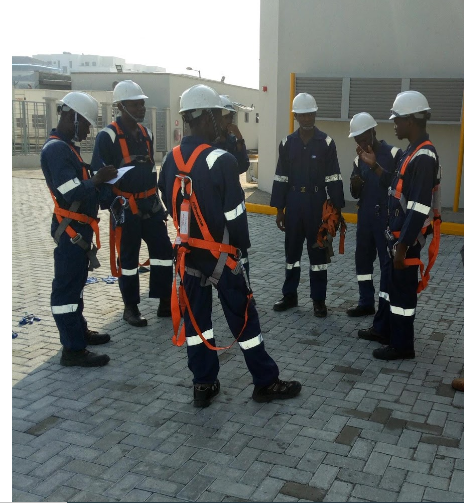
WORK AT HEIGHT
For roof-mounted systems, access to the roof should always be through a properly installed and certified scaffold or a certified manlift that is operated by certified personnel. Fall from a height is a major risk to look out for, to prevent this, anyone working at height must have the full body harness on.
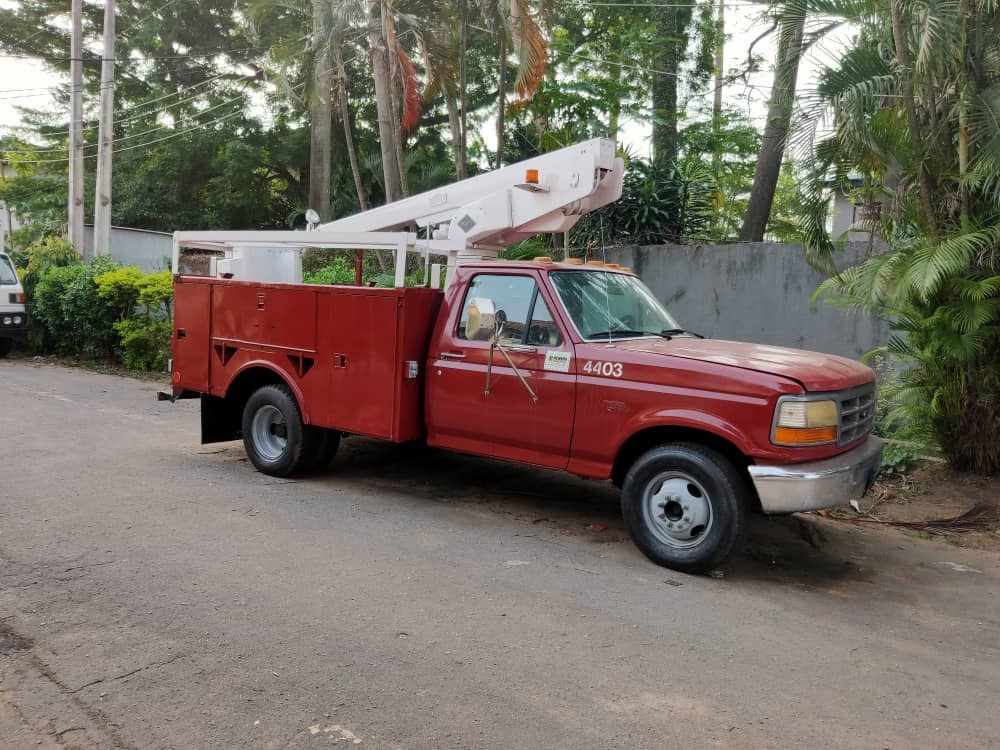
DAILY WORKSITE ACTIVITIES
To ensure constant safety on the worksite daily, a series of activities have to be carried out. Daily activities to proactively manage safety include but are not limited to: toolbox talks, daily risk assessment, permit to work system and equipment inspection. The toolbox talk is an opportunity to ensure that all team members are on the same page as regards the progress of activities, nature of work and also discuss near misses and events from the previous day.
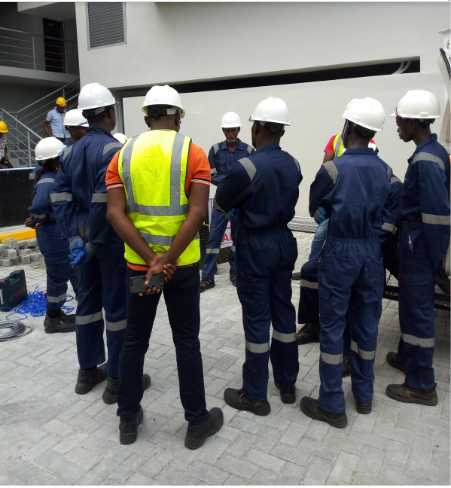
EMERGENCY MANAGEMENT PROCEDURE
A detailed plan on emergency management must be made available for all projects. This plan has to be communicated to all members of the project team. Safety and emergency equipment such as fire extinguishers, first aid kit etc must also be made available on the worksite.
AC/DC CONNECTIONS
Appropriate isolation procedures have to be adhered to during connections. All electrical sources have to be properly locked out and tagged out to prevent exposure to electric current. Electrocution from direct contact with electricity during connections is a very real hazard and this has to be prevented.
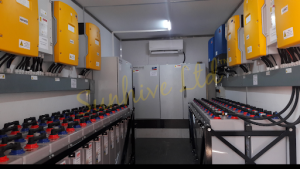
At Sunhive Ltd we are committed to achieving the highest standards of safety in the solar industry. We have shown our commitment to this policy by developing and implementing a Safety Management system which we continually improve on. Our goal is to constantly ensure that all employees are kept from harm and they return daily to their families in one piece.
Written by: Adeteju Adeniran
